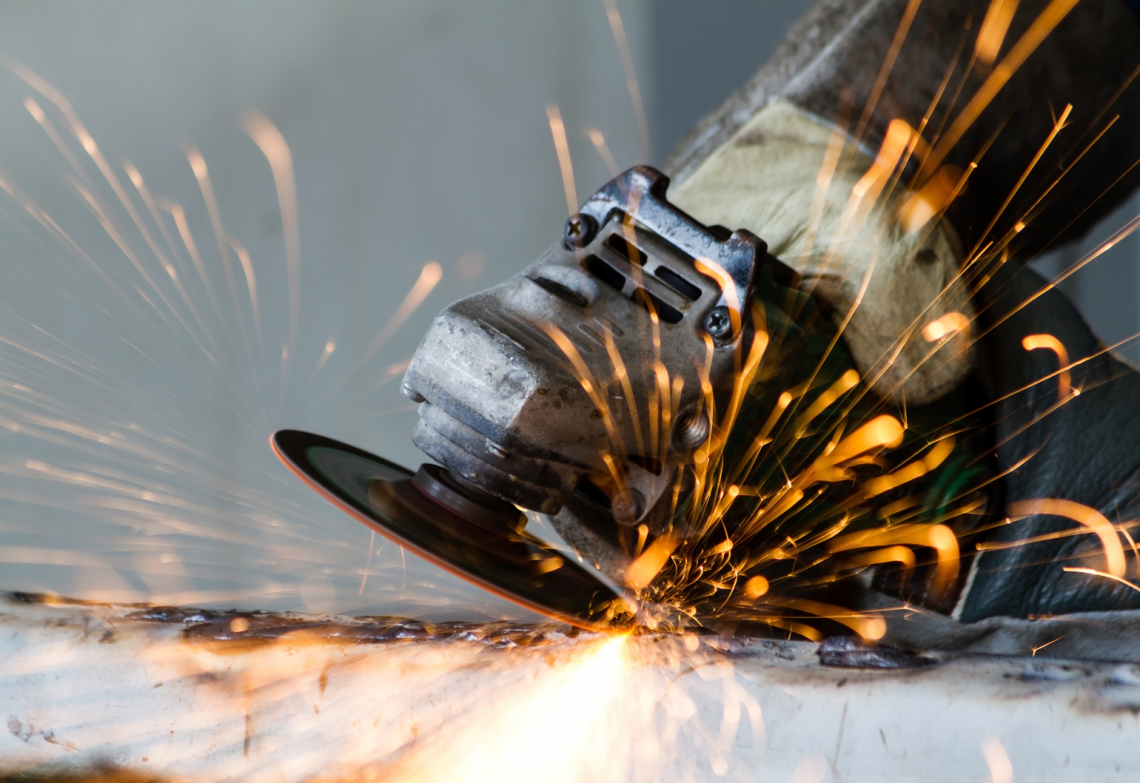Materials researchers are working on a model that could save engineering companies time and money by increasing the cutting life of their tools.
Assistant Professor Kostas Sarakinos from Linkӧping University (LiU) in Sweden is leading research to build understanding of how high operating temperatures affect titanium aluminium nitride (TiAlN), which is used to coat the cutting edges of tools to increase their hardness and useful life.
According to Sarakinos, the alloy is a “workhorse” of the manufacturing sector, and has the useful property of becoming harder with increased use.
However, when it is used to cut very hard materials, the pressure can cause the coating to reach temperatures above 900ºC, which causes it to soften and lose its cutting edge.
Sarakinos, who heads up the university’s nanoscale engineering division, and his team have developed a theoretical model that shows what is happening to titanium aluminium nitride on an atomic scale.
“We can now for the first time carry out large-scale classical simulations of atomic structures in one of the material systems most commonly used for metal cutting and forming,” Kostas explained, adding that the results will help avoid, or delay, the material’s degradation.
Crunching the numbers
Due to the complex interactions between titanium, aluminium and nitrogen, it has been difficult to simulate the forces acting on the alloy at an atomic level until the development of the Swedish model, which is the product of four years of research spanning nanotechnology and theoretical physics.
In order to perform the intensive calculations needed, the research team used supercomputers and machine learning algorithms to model the inner workings of the material, and simulate its response to external conditions by showing atomic displacement and resulting property changes.
They used the model to simulate several properties of about 30 alloys of titanium, aluminium and nitrogen, and compared them to the known real-world properties of materials.
According to Sarakinos, the agreement between the real-world and simulated properties was “very good”.
“This also means that we can develop strategies to stop the degradation, such as alloying the materials or creating specially-designed nanostructures,” said fellow-researcher Davide Sangiovanni from LiU’s division of theoretical physics.
Sarakinos and his team have recently published their research findings in Materials.
“The successful outcome of the validation underscores the transferability of our model, opening the way for large-scale molecular dynamics simulations,” the research paper states.



